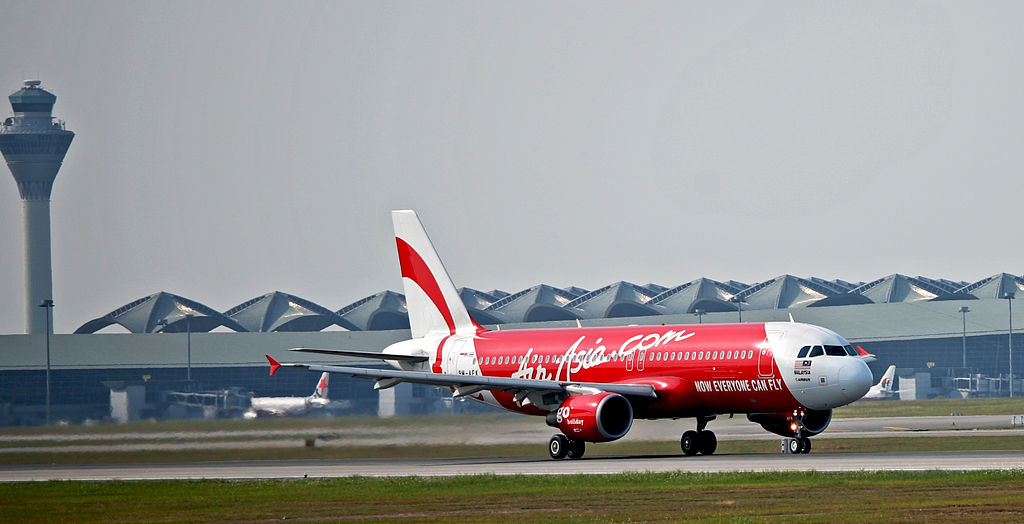Business and Economy
AirAsia CEO reiterates need for infra, low-cost terminals

AirAsia Philippines has been building hubs in regional airports. Currently, the carrier has a hub in Manila, Clark, Kalibo and Cebu. (File Phtoto By Jyi1693 at en.wikipedia, CC BY-SA 3.0)
MANILA — AirAsia Philippines chief executive officer Dexter Comendador reiterated the aviation industry’s need for more infrastructures as well as the airlines’ need for low-cost terminals.
In an exclusive interview with the Philippine News Agency (PNA) last week, Comendador said the lack in infrastructure is the major problem for local carriers.
“That is why we (AirAsia) are creating hubs. The government should develop more airports. There should also be more hotels to complement that,” he said.
Comendador cited as an example, that AirAsia is launching new Chinese routes this quarter via Kalibo, Aklan, instead of via Manila.
“We no longer have space to offer the new routes via NAIA (Ninoy Aquino International Airport). So, the other airports benefit from the new destination offerings,” he said.
The executive added that the carrier will have three new planes this year, and there’s no space for him to park these at NAIA.
“We need slots so we could put more planes and so we could offer new routes from there,” Comendador added.
AirAsia Philippines has been building hubs in regional airports. Currently, the carrier has a hub in Manila, Clark, Kalibo and Cebu.
Comendador earlier told PNA he is eyeing the recently-launched Bohol-Panglao International Airport, the country’s first eco-airport, as the airline’s fifth hub by 2019.
Acknowledging ‘Build, Build, Build’
Comendador, meanwhile, acknowledged the Duterte administration’s “Build, Build, Build” program.
“It (program) is very important for us,” he said, adding that Manila is too congested already.
The CEO, who is also a pilot, said Luzon is just small, and air traffic must really be addressed.
“For us, pilots, we see Luzon from end to end, and it’s small,” he remarked, and added that building other airports will be helpful.
Comendador also reiterated his wish for the government to build low-cost terminals.
“Developing a huge, extravagant airport like the Mactan-Cebu International Airport is fine. But I hope the government would also realize that building low-cost terminals will be very helpful for us,” he said.
He described a low-cost terminal as a simple terminal where carriers could have a fast turnaround time, and where passengers could pass through up to the gate within 20 minutes.
Comendador earlier explained that AirAsia Philippines, for instance, deplanes in 10 minutes while refueling, have 5 minutes for security and cleaning, and 10 minutes for boarding. A simple terminal’s ramp, therefore, should be able to accommodate a 25-minute turnaround time, he said.
“We need the infrastructure, we need the facilities,” he said.
According to Comendador, AirAsia Philippines would want to introduce contactless check-in here in the country, but the airline needs the necessary facility.
“Passengers’ check-in time will be processed faster if we do that contactless. They would only need to undergo facial recognition. Of course, we need to have the facility in our airports for us to introduce this,” he added.
Comendador emphasized that AirAsia is banking on digital technologies.
He said AirAsia has pioneered the seamless baggage check-in at Changi Airport in Singapore, and is also offering the same service in some airports in the Philippines.
The said service enables passengers to tag and drop their baggage by themselves.





















